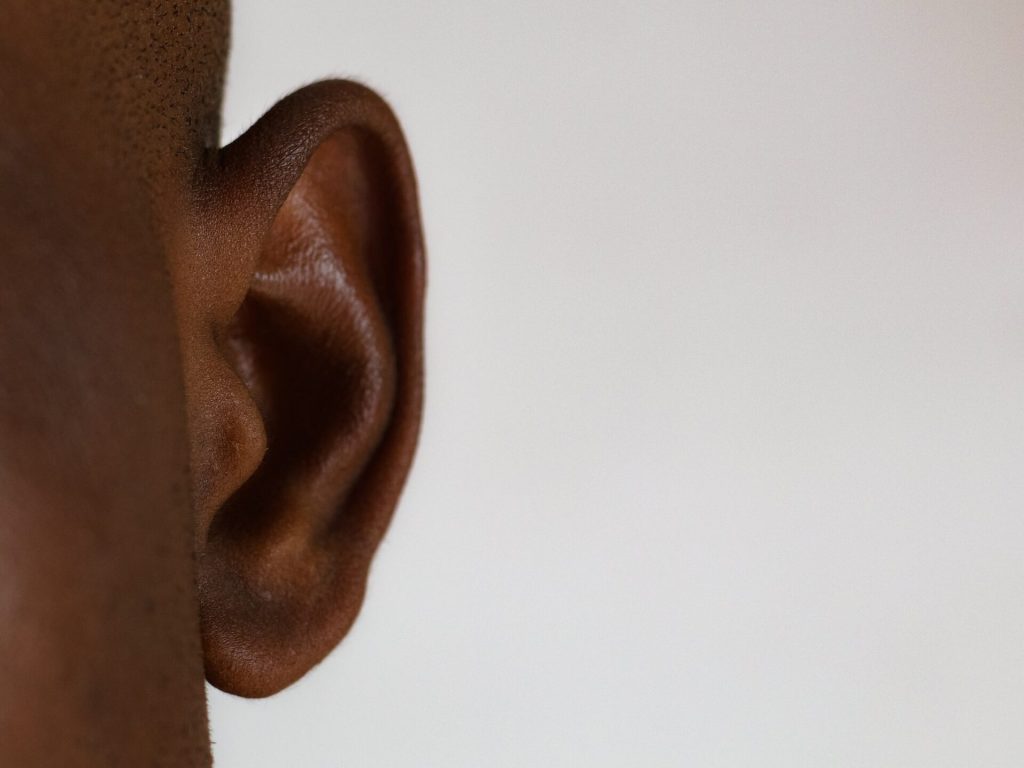Backdoor to the Inner Ear Allows Delivery of Gene Therapy

An international team of researchers has developed a new method to deliver drugs into the inner ear, according to a new study in Science Translational Medicine. The discovery was possible by harnessing the natural flow of fluids in the brain and employing a little-understood backdoor into the cochlea. When combined to deliver a gene therapy that repairs inner ear hair cells, the researchers were able to restore hearing in deaf mice.
“These findings demonstrate that cerebrospinal fluid transport comprises an accessible route for gene delivery to the adult inner ear and may represent an important step towards using gene therapy to restore hearing in humans,” says lead author Barbara Canlon, professor at Karolinska Institutet.
The number of people worldwide predicted to have mild to complete hearing loss is expected to grow to around 2.5 billion by mid-century. The primary cause is the death or loss of function of hair cells found in the cochlea – which relay sounds to the brain – due to mutations of critical genes, aging, noise exposure, and other factors.
While hair cells do not naturally regenerate in humans and other mammals, gene therapies have shown promise and in separate studies have successfully repaired the function of hair cells in neo-natal and very young mice.
“However, as both mice and humans age, the cochlea, already a delicate structure, becomes enclosed in the temporal bone. At this point, any effort to reach the cochlea and deliver gene therapy via surgery risks damaging this sensitive area and altering hearing,” says Barbara Canlon.
In the new study, the researchers describe a little-understood passage into the cochlea called the cochlear aqueduct. The cochlear aqueduct is a thin boney channel no larger than several strands of hair.
Channel for spinal fluid
A new study shows that the cochlear aqueduct acts as a conduit between the cerebrospinal fluid found in the inner ear and the rest of the brain.
Scientists are developing a clearer picture of the mechanics of the glymphatic system, the brain’s unique process of removing waste. Because the glymphatic system pumps cerebrospinal fluid deep into brain tissue to wash away toxic proteins, researchers have been eyeing it as a potential new way to deliver drugs into the brain, a major challenge in developing drugs for neurological disorders.
The new study represented an opportunity to put the drug delivery potential of the glymphatic system to the test, while at the same time targeting a previously unreachable part of the auditory system.
Employing several imagining and modeling technologies, the researchers were able to develop a detailed portrait of how fluid from other parts of the brain flows through the cochlear aqueduct and into the inner ear.
The team then injected an adeno-associated virus into the cisterna magna, a large reservoir of cerebrospinal fluid found at the base of the skull.
The virus found its way into the inner ear via the cochlear aqueduct and delivered a gene therapy that expresses a protein called vesicular glutamate transporter-3, which enables the hair cells to transmit signals and rescue hearing in adult deaf mice.
“This new delivery route into the ear may not only serve the advancement of auditory research but also prove useful when translated to humans with progressive genetic-mediated hearing loss,” says Barbara Canlon.
Source: Karolinska Institutet

